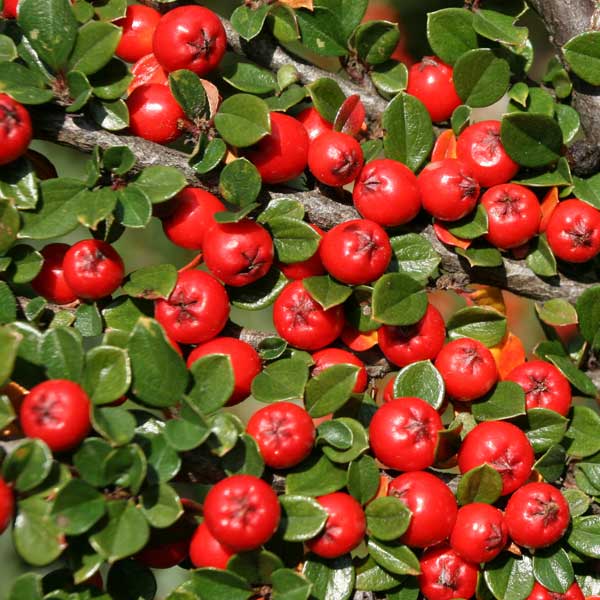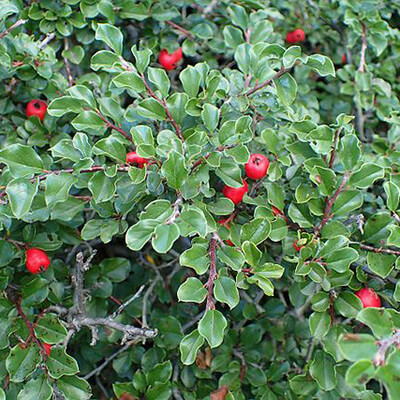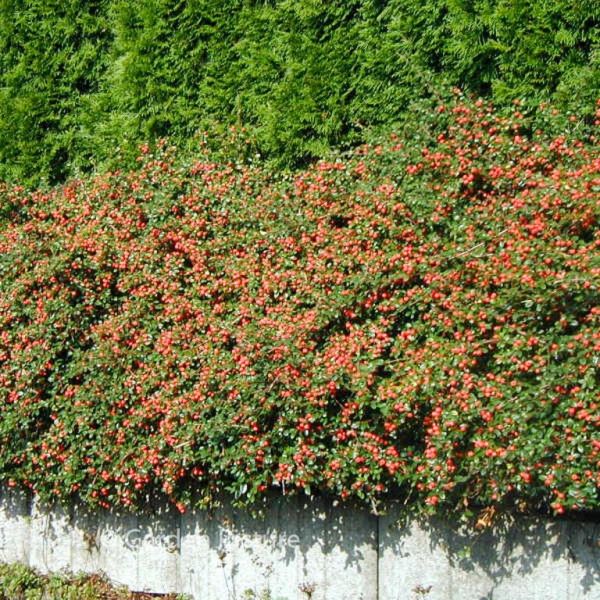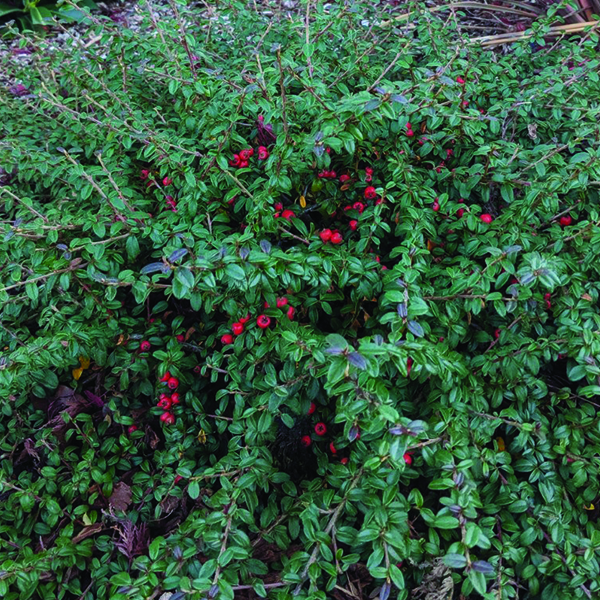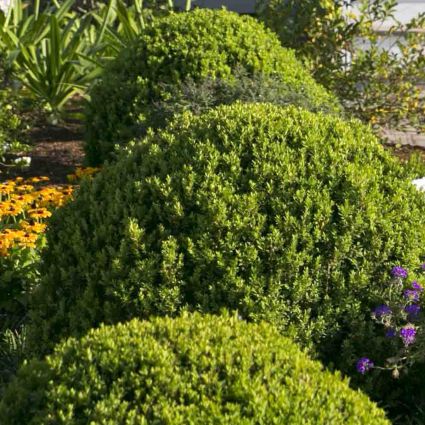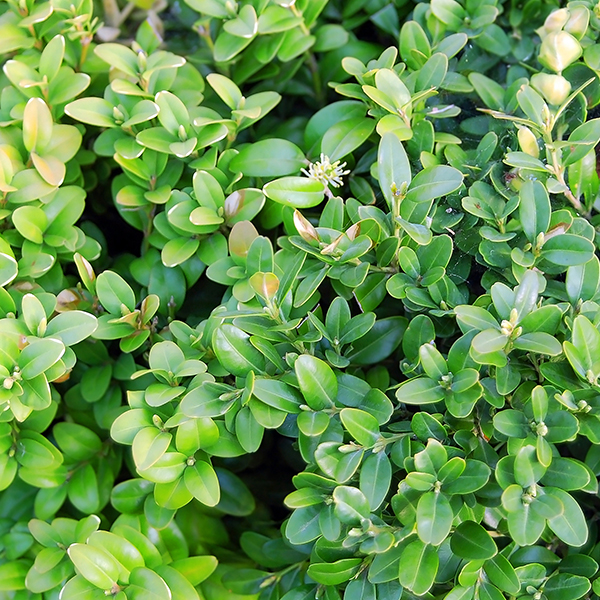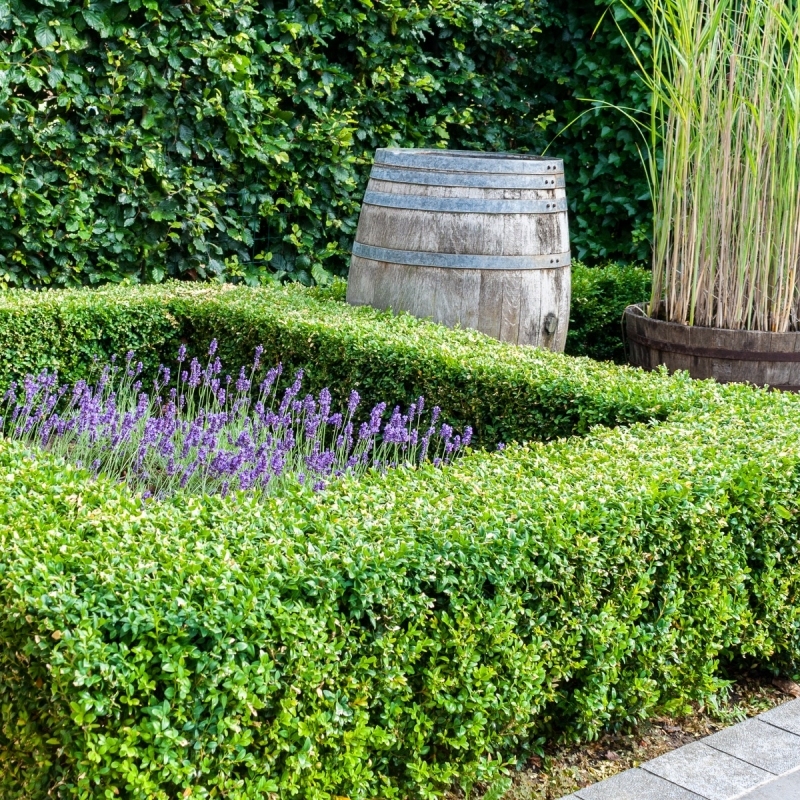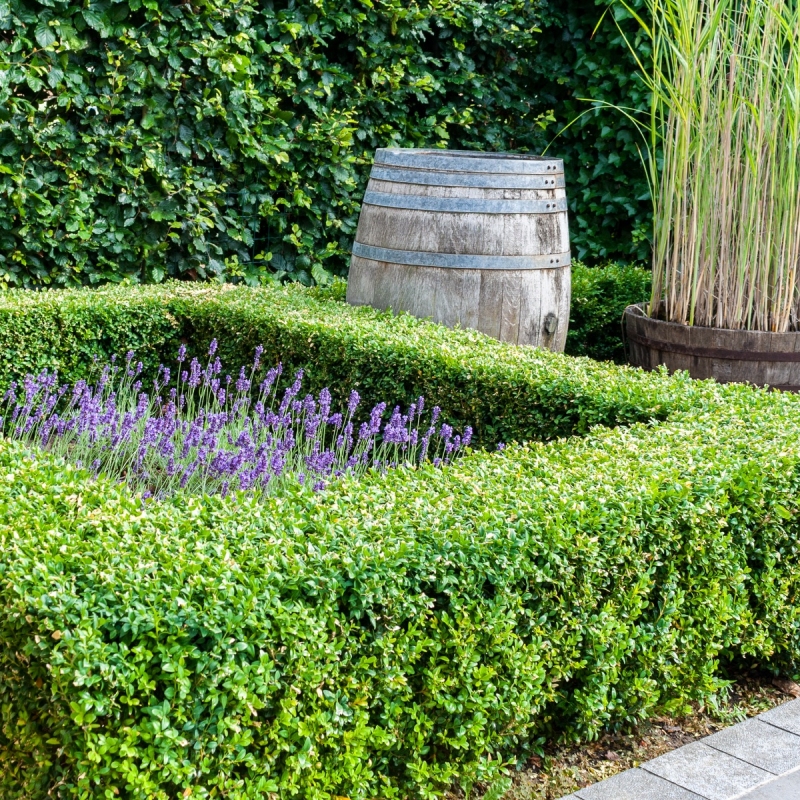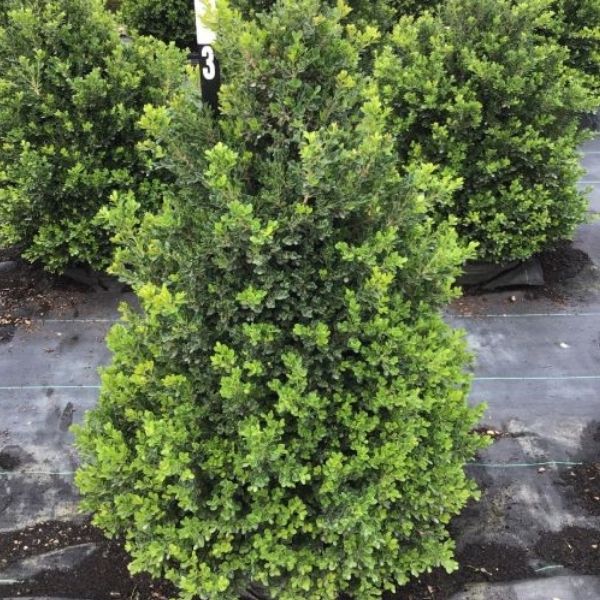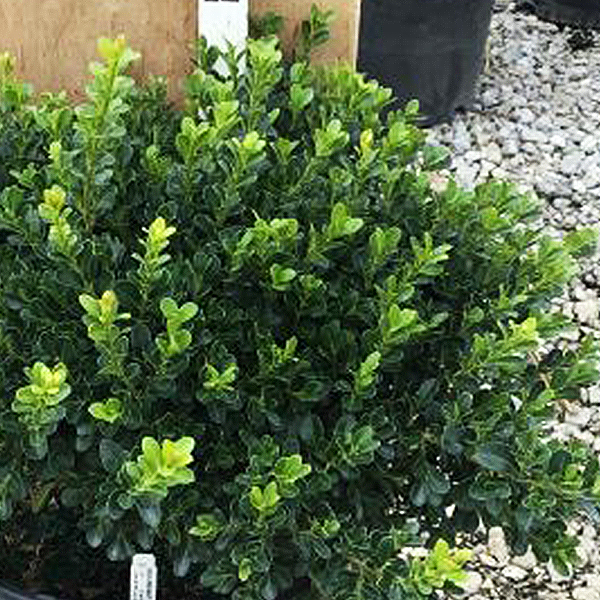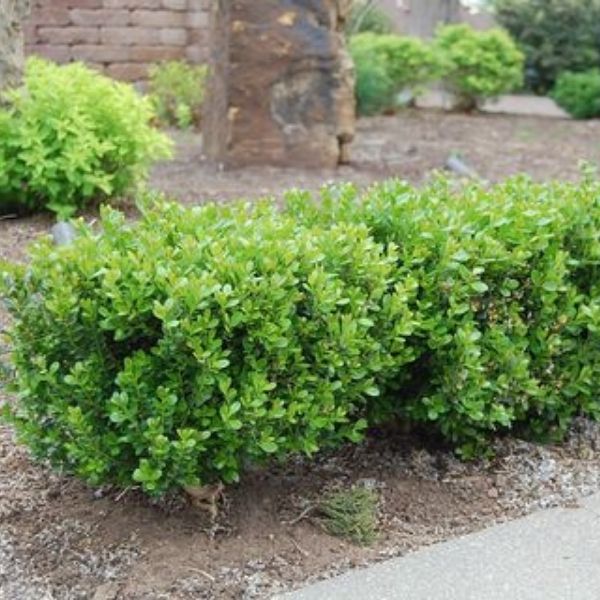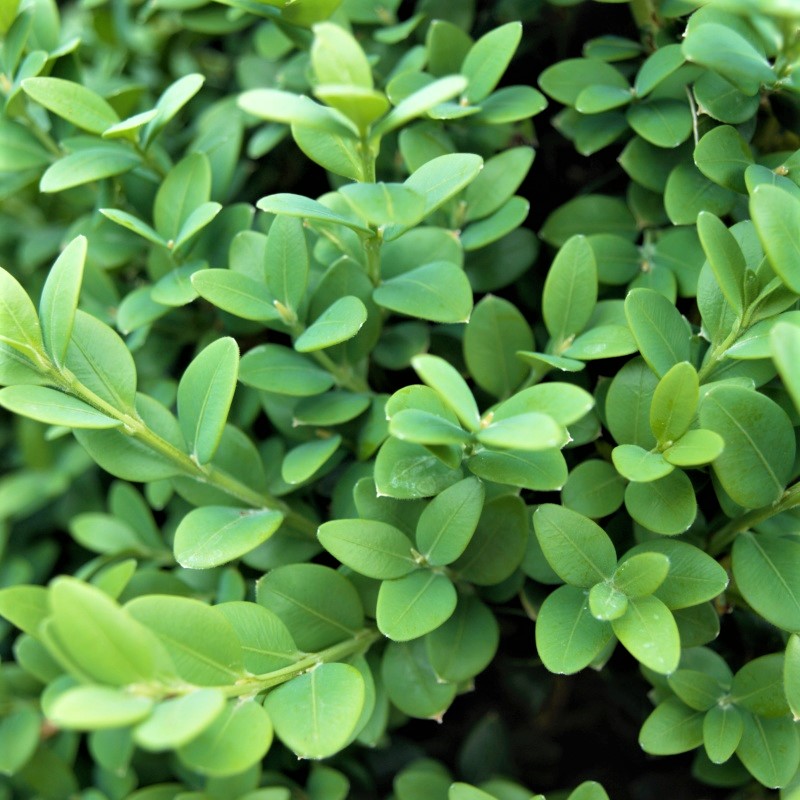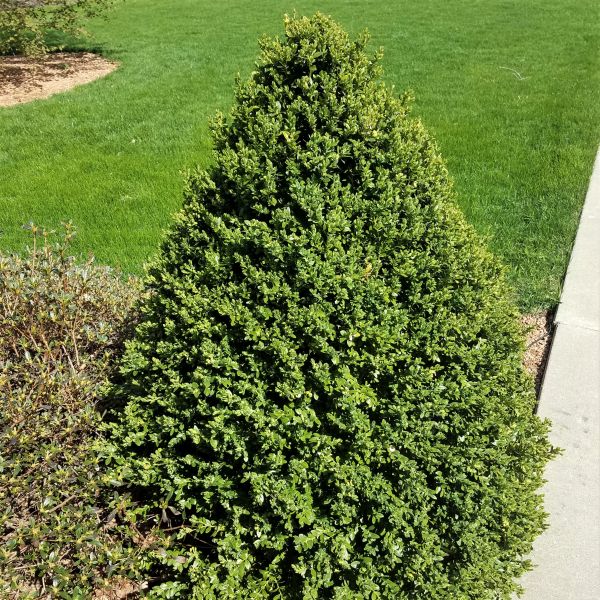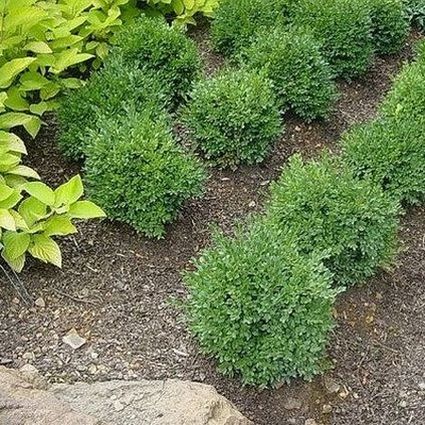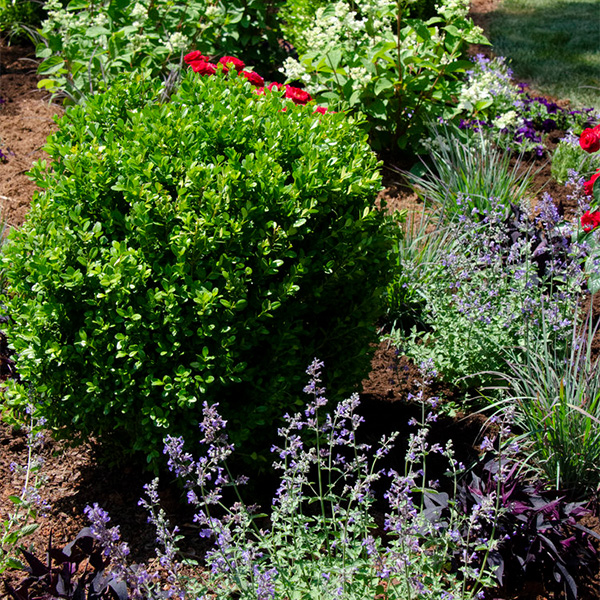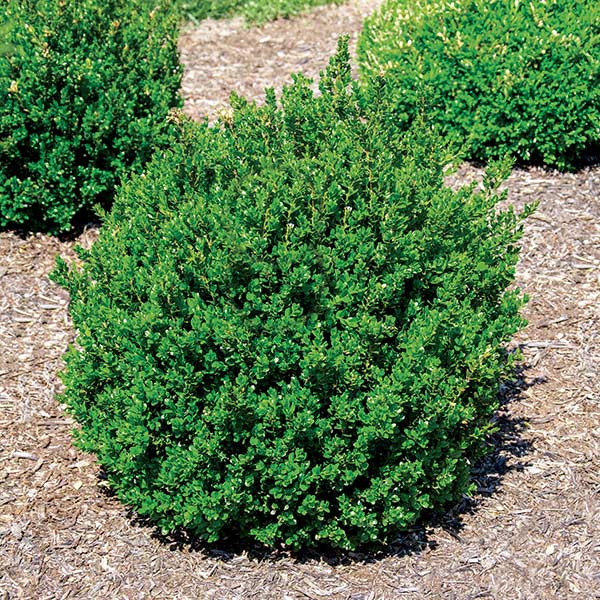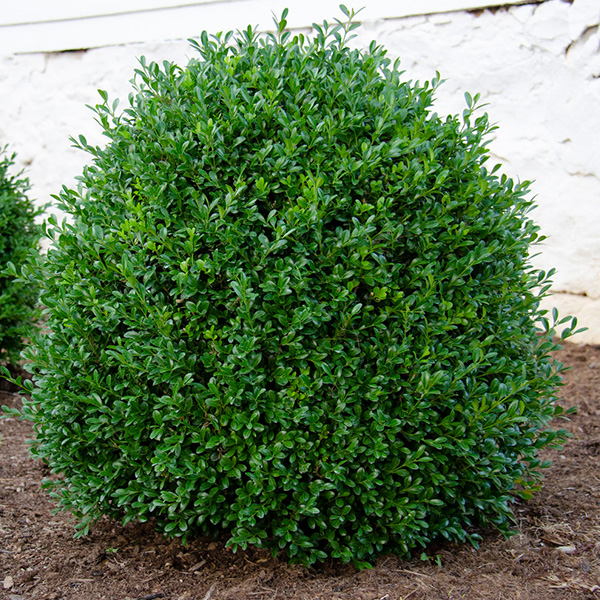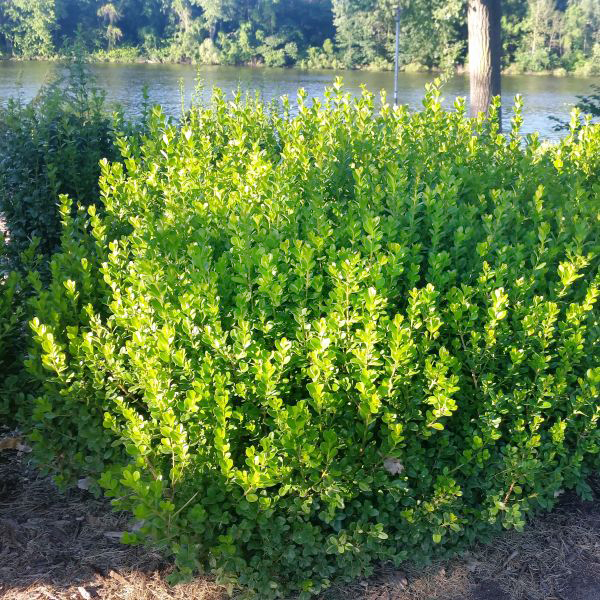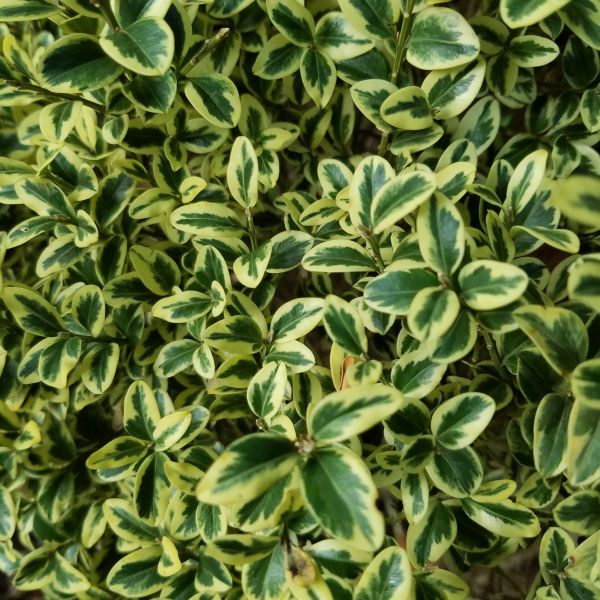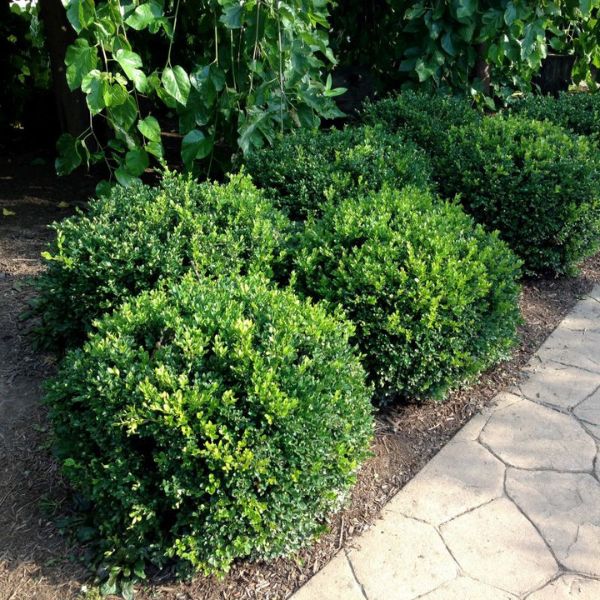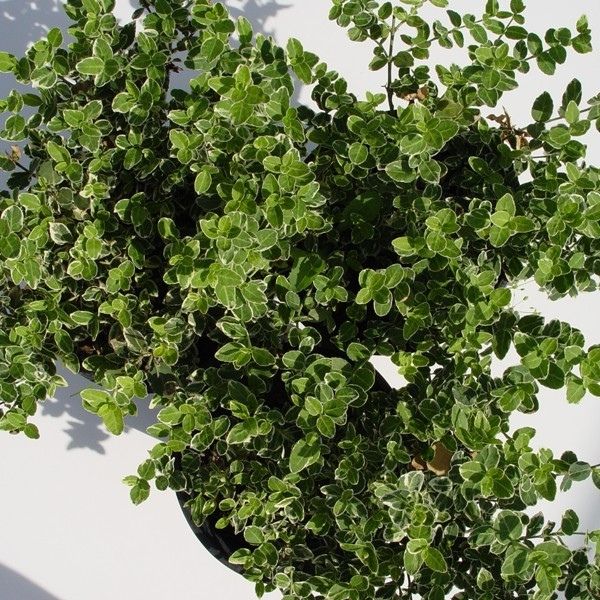Cranberry Cotoneaster
Cotoneaster apiculatus
6 reviews
Cranberry Cotoneaster
Cotoneaster apiculatus
6 reviews
- Attractive red berries add visual interest to the landscape
- Tolerant of a variety of soil conditions
- Low maintenance plant that requires minimal care
- Ships in 3 to 7 days
- Free Shipping Over $150
- Plant Arrival Guarantee
- In Stock
$38.00
$41.8
10% Off
1 Gallon
Why Cranberry Cotoneaster?
Cranberry Cotoneaster (Cotoneaster apiculatus) is a beautiful shrub that is well-known for its attractive red berries that decorate the plant during winter. This deciduous shrub is native to China and grows up to 6 feet tall and wide. It has small, glossy green leaves that turn red in the fall. The plant is low maintenance and works well as a hedge or screen due to its dense growth pattern. The Cranberry Cotoneaster is also drought tolerant and adaptable to various soil types.
People who loved this plant also bought
Sunlight
Cranberry Cotoneaster requires full sunlight to thrive.
Watering
Cranberry Cotoneaster plants have a moderate watering requirement. They prefer moist soil but should not be overwatered. It is best to water them deeply and allow the soil to dry slightly before watering again.
Fertilizing
Cranberry Cotoneaster requires a balanced fertilizer with an NPK ratio of 10-10-10. It prefers a fertilizer that is low in nitrogen and high in phosphorus and potassium.
Cranberry Cotoneaster: A Vibrant Tapestry of Color for Year-Round Delight
Cranberry Cotoneaster brings a vibrant tapestry of color to your landscape, captivating with its abundant berries and stunning foliage. This exceptional shrub not only enchants with its seasonal beauty but also provides year-round visual interest, making it a delightful addition to any garden or outdoor space.
Seasonal Splendor
Cranberry Cotoneaster dazzles with its seasonal splendor, offering a breathtaking display of color throughout the year. In spring, delicate clusters of pink or white flowers emerge, attracting pollinators and adding a touch of charm. As the seasons progress, these flowers give way to an abundant crop of vibrant red berries that persist into winter, creating a striking contrast against the snowy landscape. The changing hues of Cranberry Cotoneaster celebrate the beauty of each season, ensuring a captivating landscape all year long.
Lush Foliage
Complementing its vibrant berries, Cranberry Cotoneaster showcases lush foliage that adds depth and texture to your garden. The small, oval-shaped leaves are glossy and dark green, creating a rich backdrop for the colorful berries. In autumn, the foliage undergoes a stunning transformation, turning shades of fiery red and vibrant orange, imbuing the landscape with a warm and inviting ambiance. The lush foliage of this shrub elevates the visual appeal of your garden, creating a harmonious and captivating environment.
Abundant Berries
One of the standout features of Cranberry Cotoneaster is its abundant crop of vibrant red berries. These berries not only add a pop of color to your landscape but also provide a valuable food
Plant Information:
| Botanical Name: | Cotoneaster apiculatus |
| USDA Zones: | 4-7 |
| Water: | Moderate |
| Exposure: | Full Sun |
| Soil Needs: | Well-Drained |
| Mature Height: | 2 - 3 feet |
| Mature Spread: | 4 - 6 feet |





Pollination Info
Pollination Info for Cranberry Cotoneaster (Cotoneaster apiculatus)
Cranberry Cotoneaster (Cotoneaster apiculatus) is a shrub that produces small, pink flowers in late spring to early summer. It is a self-fertile plant, which means that it can produce fruit without the need for cross-pollination. However, cross-pollination can help to increase the fruit yield.
The flowers of the Cranberry Cotoneaster are pollinated by bees, butterflies, and other insects. These insects are attracted to the flowers by the nectar and pollen that they produce. As the insects move from flower to flower, they transfer the pollen from the male flower parts (the stamens) to the female flower parts (the stigma) of other flowers. This fertilization process leads to the development of fruit.
It is important to note that Cranberry Cotoneaster can also spread through vegetative reproduction, which means that new plants can grow from the roots or stem of the original plant. However, these plants are genetically identical to the parent plant and do not contribute to genetic diversity in the species.
In order to encourage pollination and fruit production in Cranberry Cotoneaster, it is recommended to plant it in a sunny location, provide regular irrigation, and avoid the use of pesticides that can harm pollinators.
FAQ
Frequently Asked Questions about Cranberry Cotoneaster (Cotoneaster apiculatus)
What is Cranberry Cotoneaster?
Cranberry Cotoneaster (Cotoneaster apiculatus) is a low-growing shrub that is native to parts of China and Mongolia. It is often used for ground cover in landscaping and gardening.
What are the characteristics of Cranberry Cotoneaster?
Cranberry Cotoneaster is a deciduous shrub that grows to about 1 foot in height and spreads up to 6 feet. It has small, glossy, dark green leaves and produces pinkish-white flowers in the spring. The plant is named for its small, bright red berries that appear in the fall and persist through the winter.
How do I plant Cranberry Cotoneaster?
Cranberry Cotoneaster prefers full sun to partial shade and well-drained soil. Dig a hole slightly larger than the plant's root ball and place it in the hole. Fill the hole with soil and water well to settle the soil around the roots. Water regularly until the plant is established.
How often should I water Cranberry Cotoneaster?
Cranberry Cotoneaster prefers moist but well-drained soil. Water deeply once a week, or more often during hot, dry weather. Check the soil moisture level by inserting your finger into the soil to a depth of 1 inch. If the soil feels dry, it's time to water.
How should I prune Cranberry Cotoneaster?
Cranberry Cotoneaster requires minimal pruning. Remove any dead or diseased branches in the late winter or early spring before new growth appears. You can also trim back the plant's tips to encourage fullness.
How do I propagate Cranberry Cotoneaster?
Cranberry Cotoneaster can be propagated by taking stem cuttings in the early summer. Dip the cuttings in rooting hormone and plant them in a soilless potting mix. Keep the soil moist and place the pot in a warm, bright location until new growth appears.
Are there any pests or diseases that affect Cranberry Cotoneaster?
Cranberry Cotoneaster is generally resistant to pests and diseases. However, it can be susceptible to fireblight, a bacterial disease that causes wilting and dieback of leaves and branches. Fungal diseases such as powdery mildew and leaf spot can also occur in humid conditions.
Is Cranberry Cotoneaster edible?
The bright red berries of Cranberry Cotoneaster are edible but have a sour taste and are not commonly eaten. The plant is not related to the true cranberry and should not be confused with it.
Planting & Care
Planting & Care for Cranberry Cotoneaster (Cotoneaster apiculatus)
Cranberry Cotoneaster, also known as Cotoneaster apiculatus, is a small deciduous shrub that can grow up to 3-6 feet high and wide. It is widely used as a hedge, ground cover and container plant for its attractive foliage, abundant flowers and colorful fruits. Here are the planting and care instructions for Cranberry Cotoneaster:
Planting Instructions:
- Choose a site with full to partial sun exposure and well-drained soil.
- Ensure the soil is moist and enriched with organic matter before planting.
- Dig a hole that is twice the size of the root ball and deep enough to allow the top of the root ball to be level with the soil surface after planting.
- Place the shrub in the hole and backfill with soil, firming the soil around the root ball.
- Water the shrub well to settle the soil and remove any air pockets.
Care Instructions:
- Water the shrub regularly to keep the soil moist, especially during hot and dry weather.
- Fertilize the shrub with a balanced slow-release fertilizer in spring, just as the new growth begins.
- Prune the shrub in late winter or early spring to remove any dead, diseased or damaged branches and to shape the plant.
- Mulch the soil around the shrub with 2-3 inches of organic matter to conserve moisture, suppress weeds and regulate soil temperature.
- Protect the shrub from pests and diseases by monitoring and promptly treating any infestations or infections.
Cranberry Cotoneaster is a hardy shrub that requires minimal care once established. With the right planting and care, it can provide you with years of beauty and enjoyment in your garden.
Check Out These Verified Customer Reviews:
Customer Reviews
4.7 out of 5 based on 6 reviews
Thank you! Your review has been submitted.
High quality plants.
The quality of the plant is excellent and I couldn't be happier with my purchase.
I love my new Cranberry Cotoneaster! It adds a beautiful pop of color to my garden.
Item has been added to your cart.



